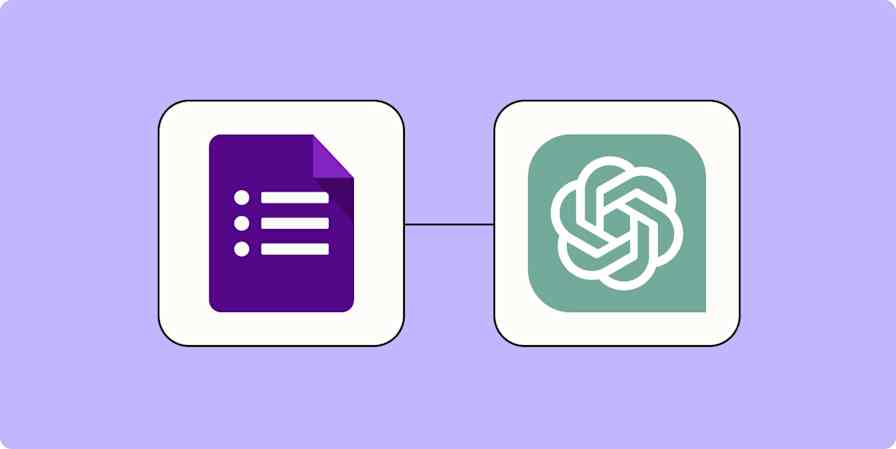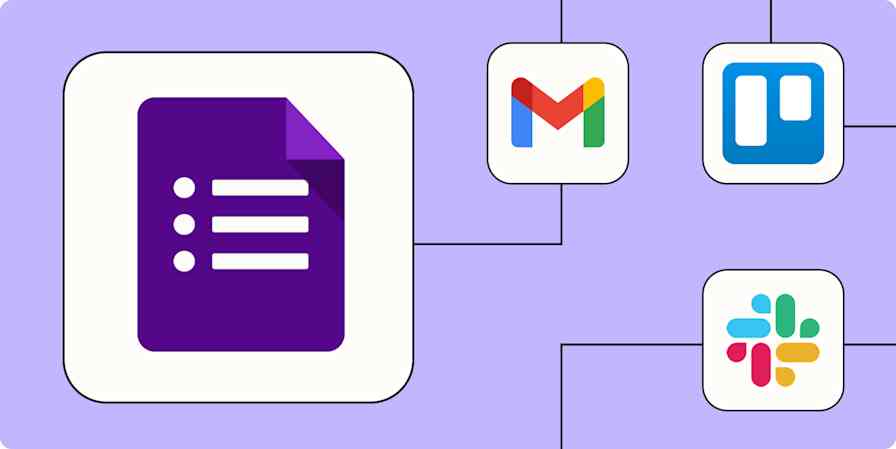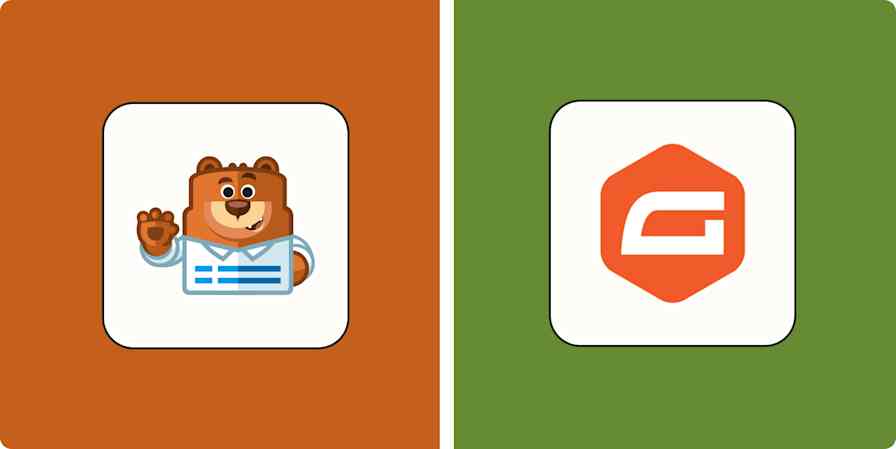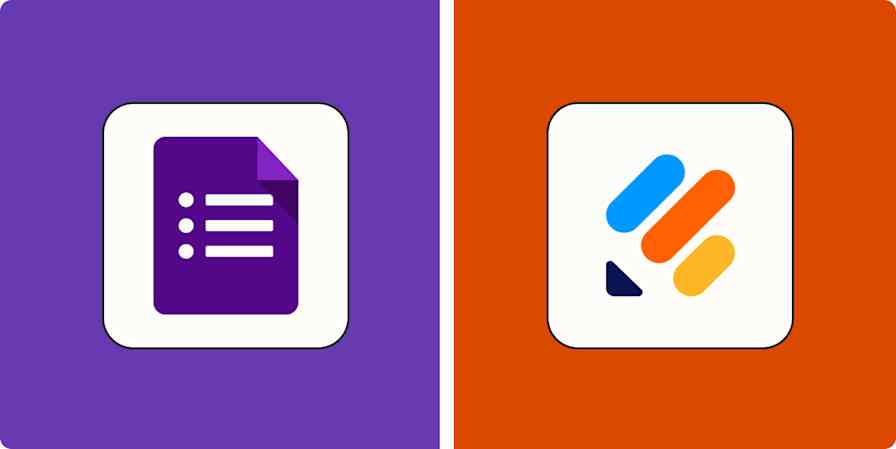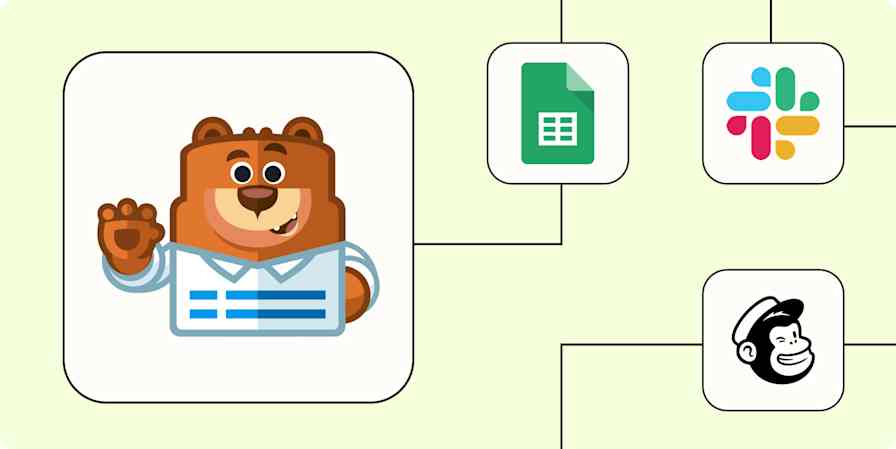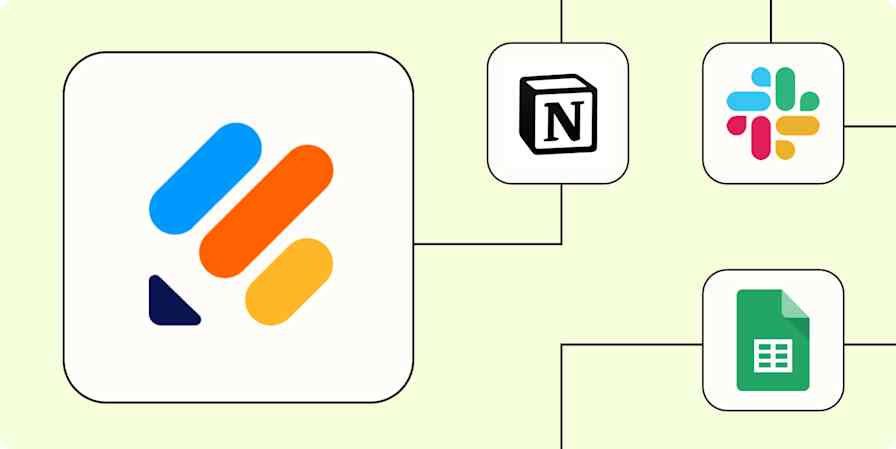Zapier tutorials
2 min readHow to automatically add leads from forms to your database or spreadsheet
By Joanna Rutter · November 14, 2023
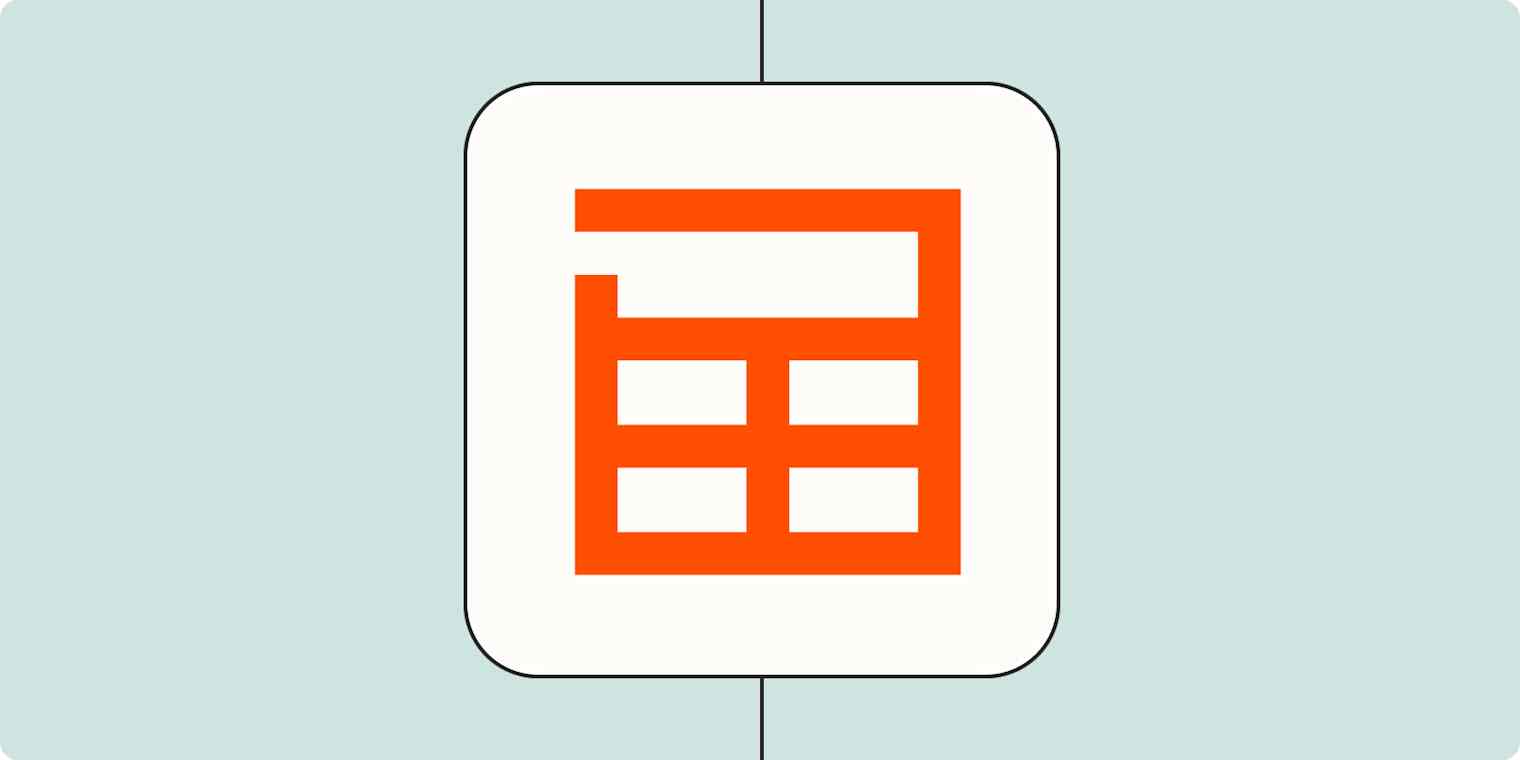
Get productivity tips delivered straight to your inbox
We’ll email you 1-3 times per week—and never share your information.
Related articles
Improve your productivity automatically. Use Zapier to get your apps working together.

